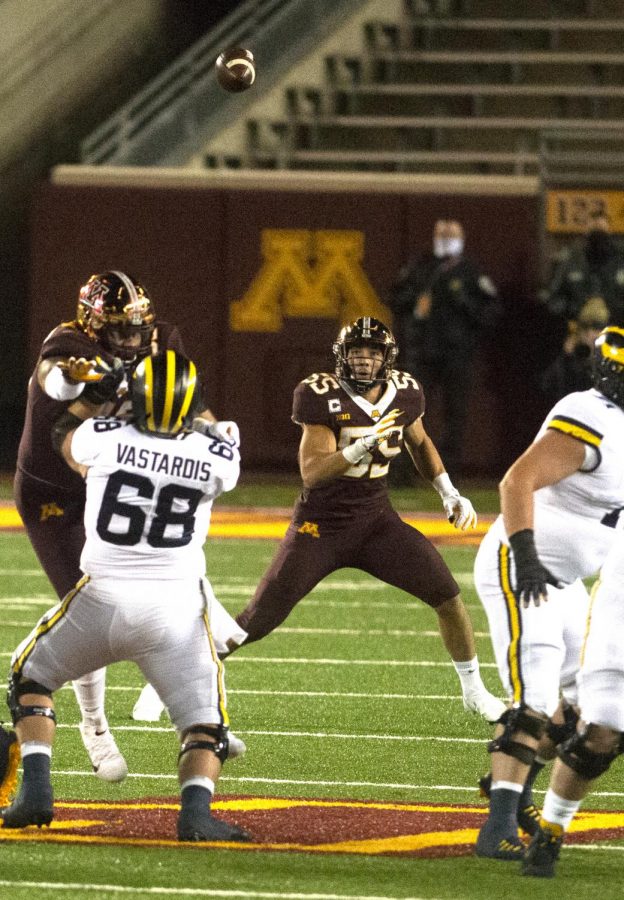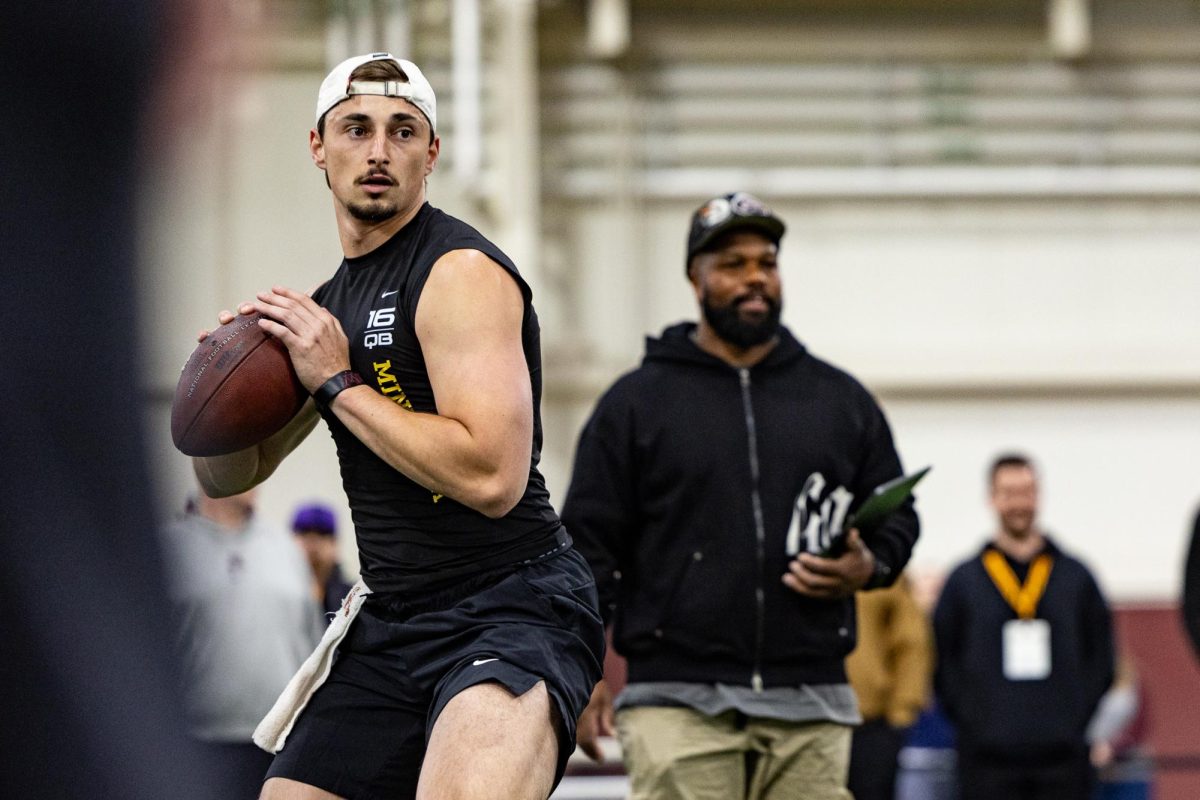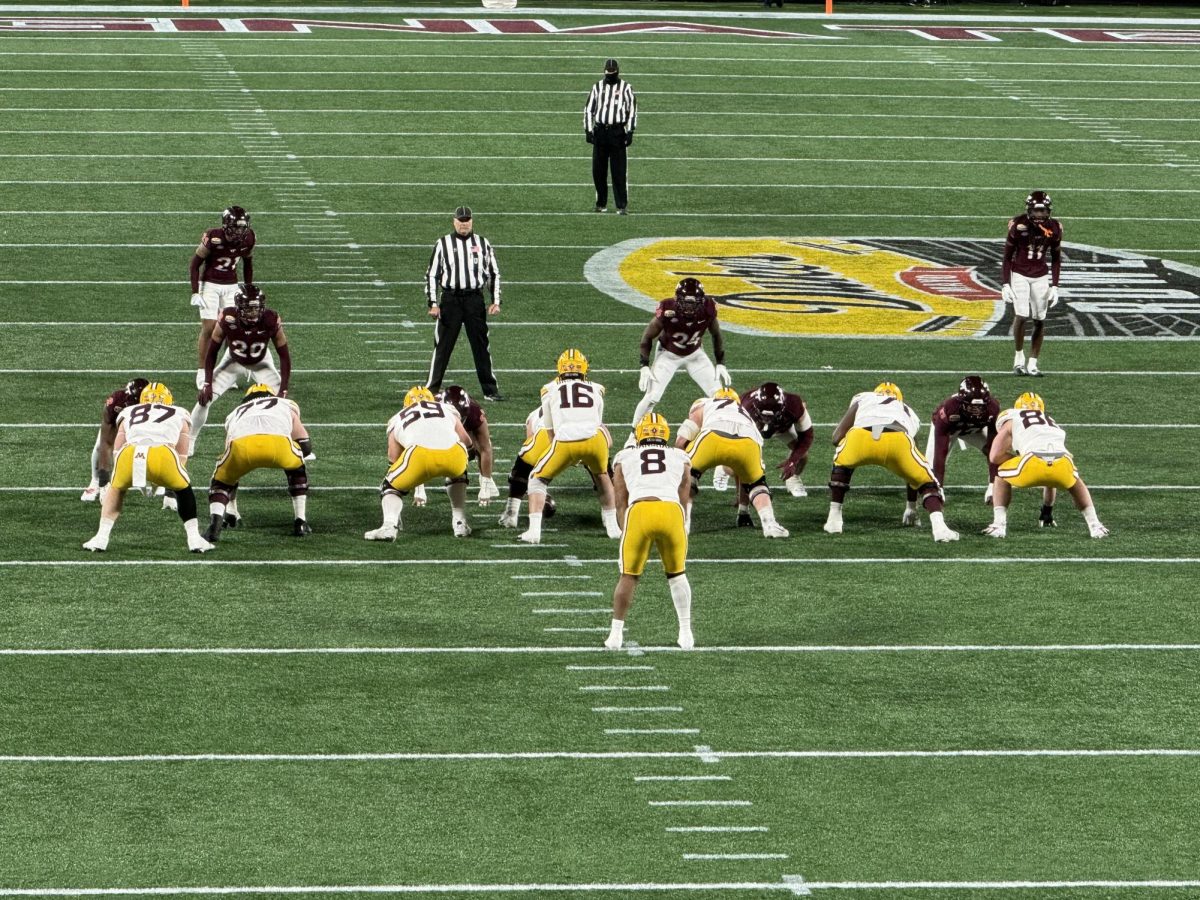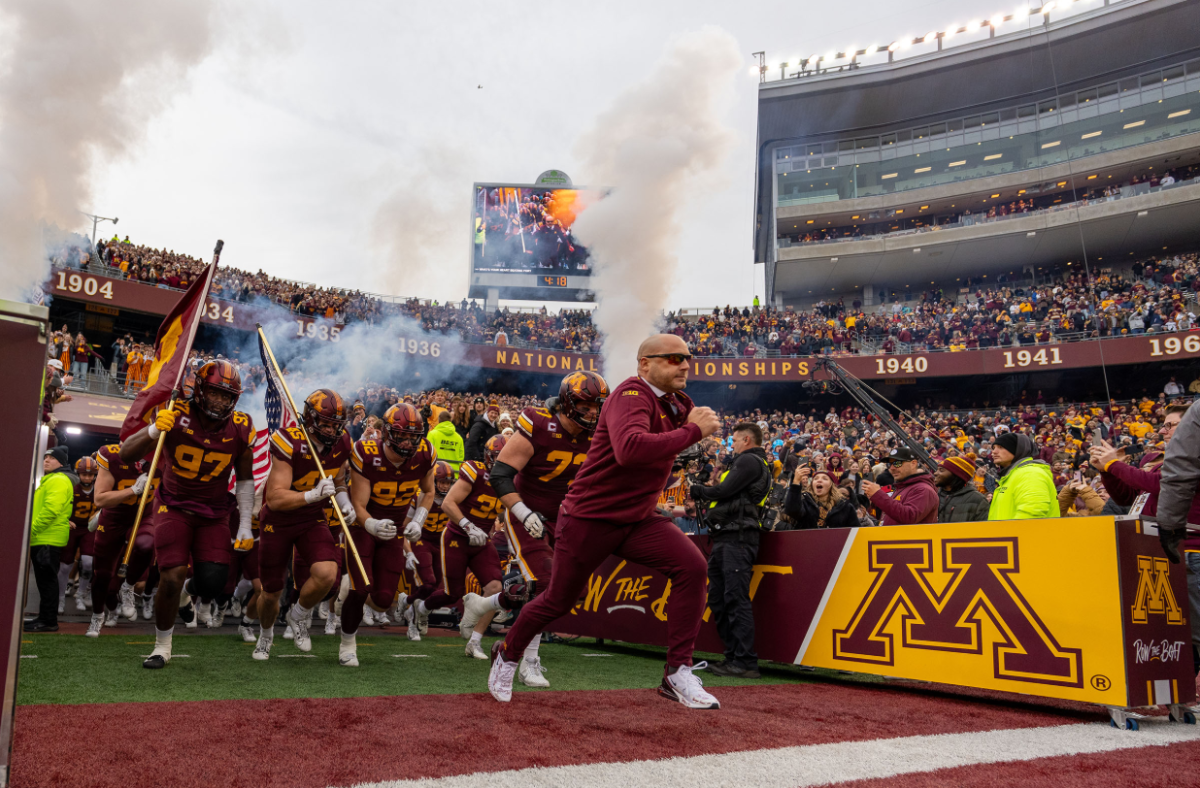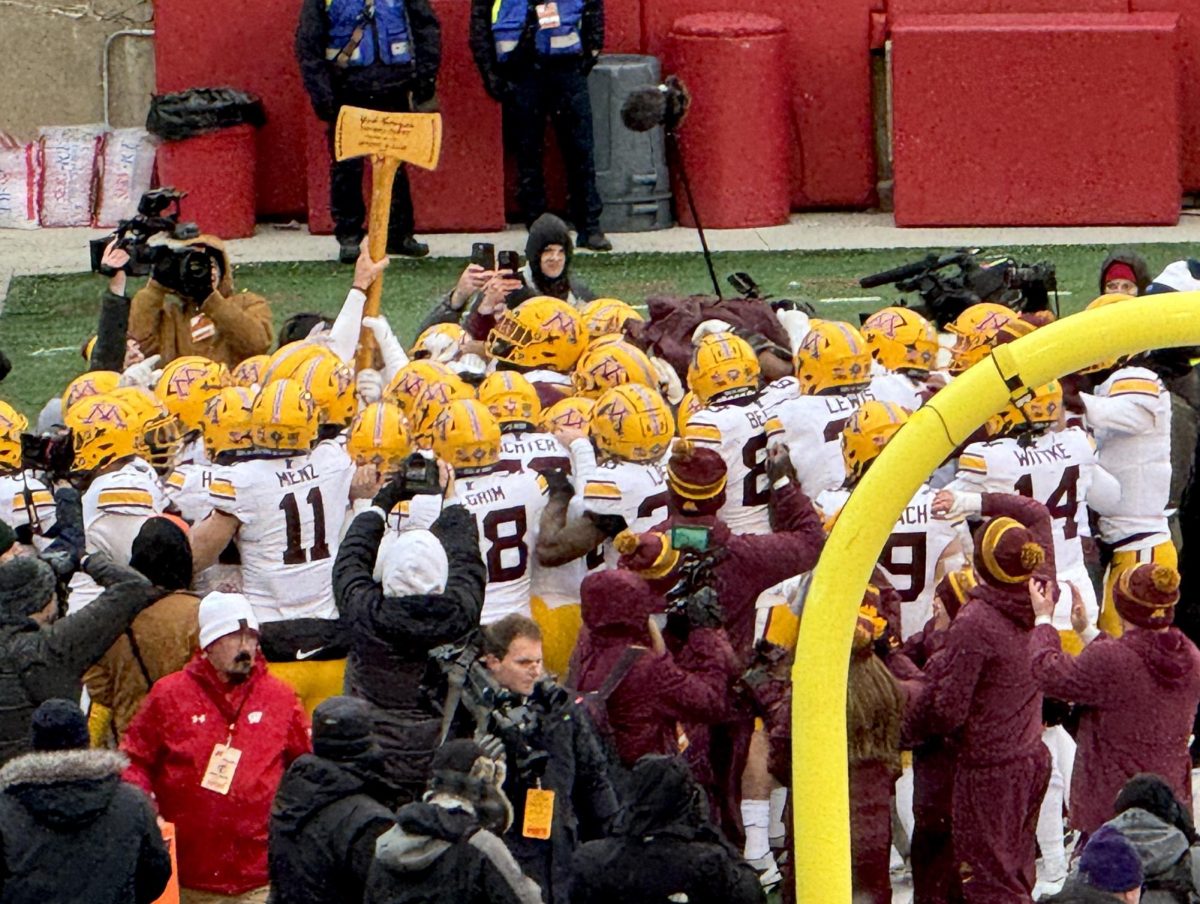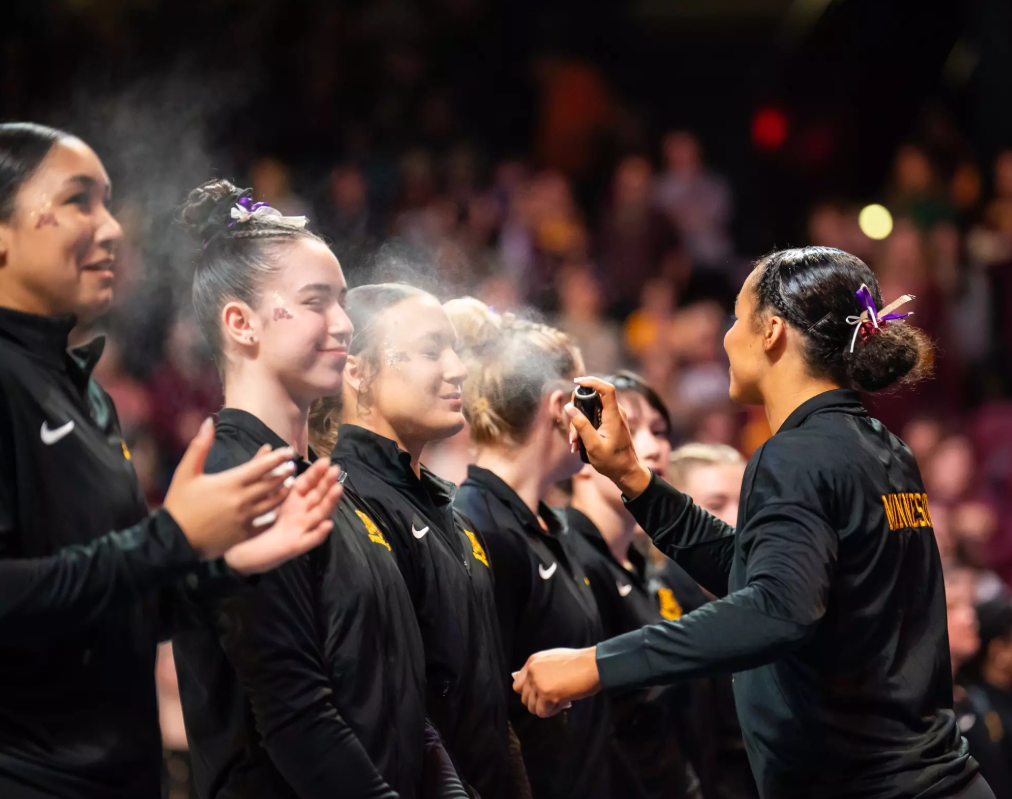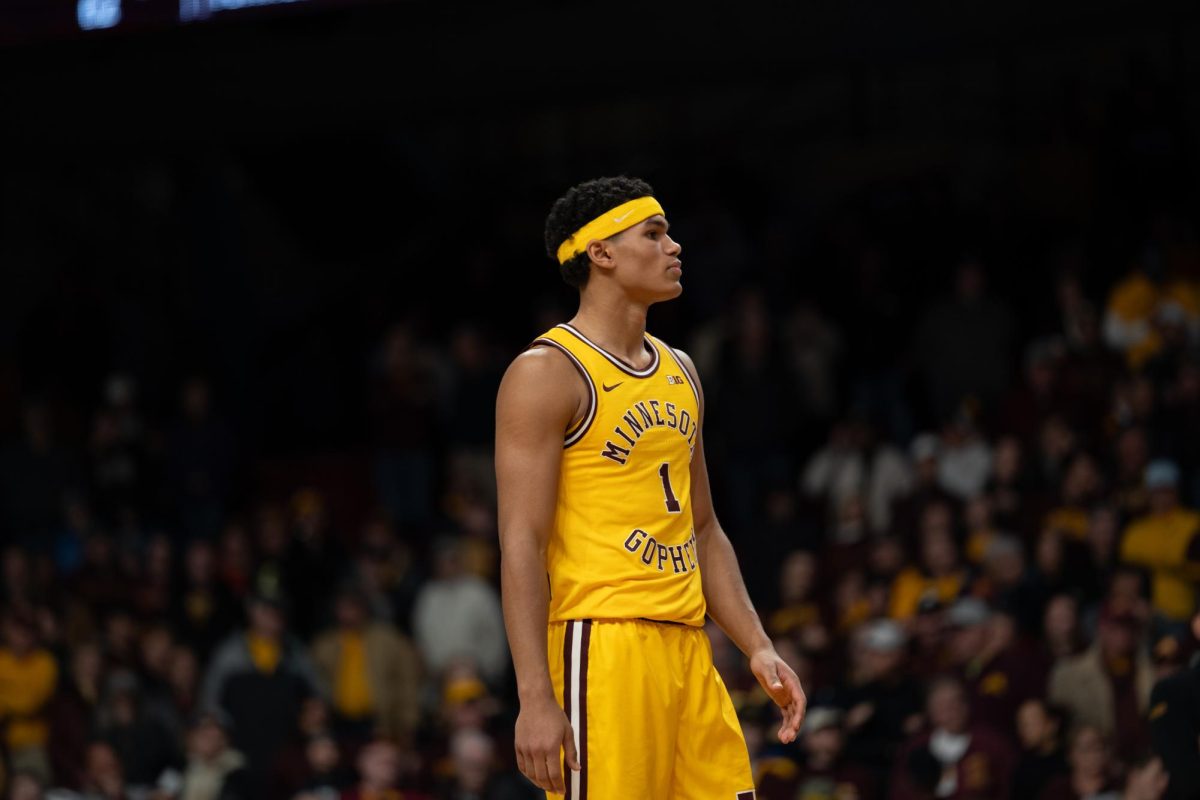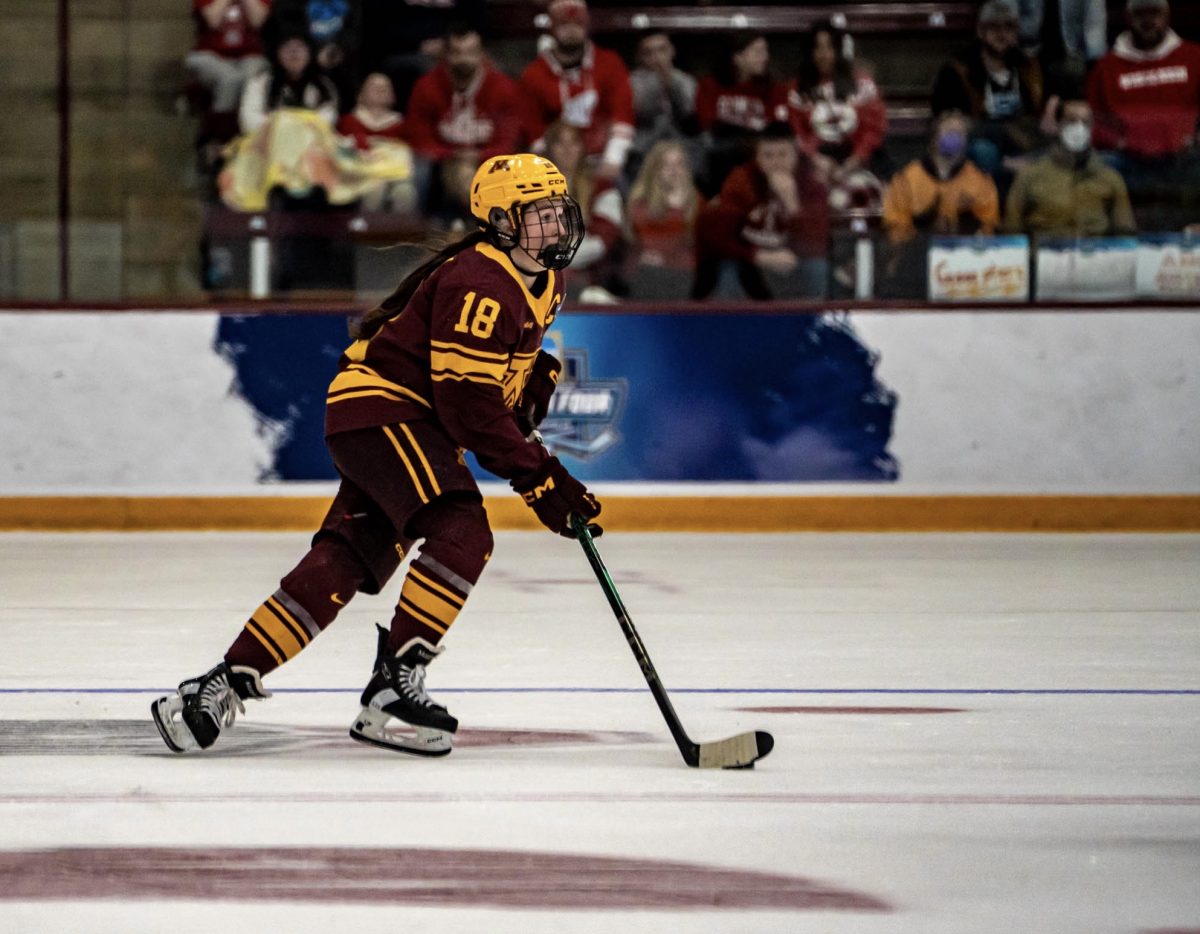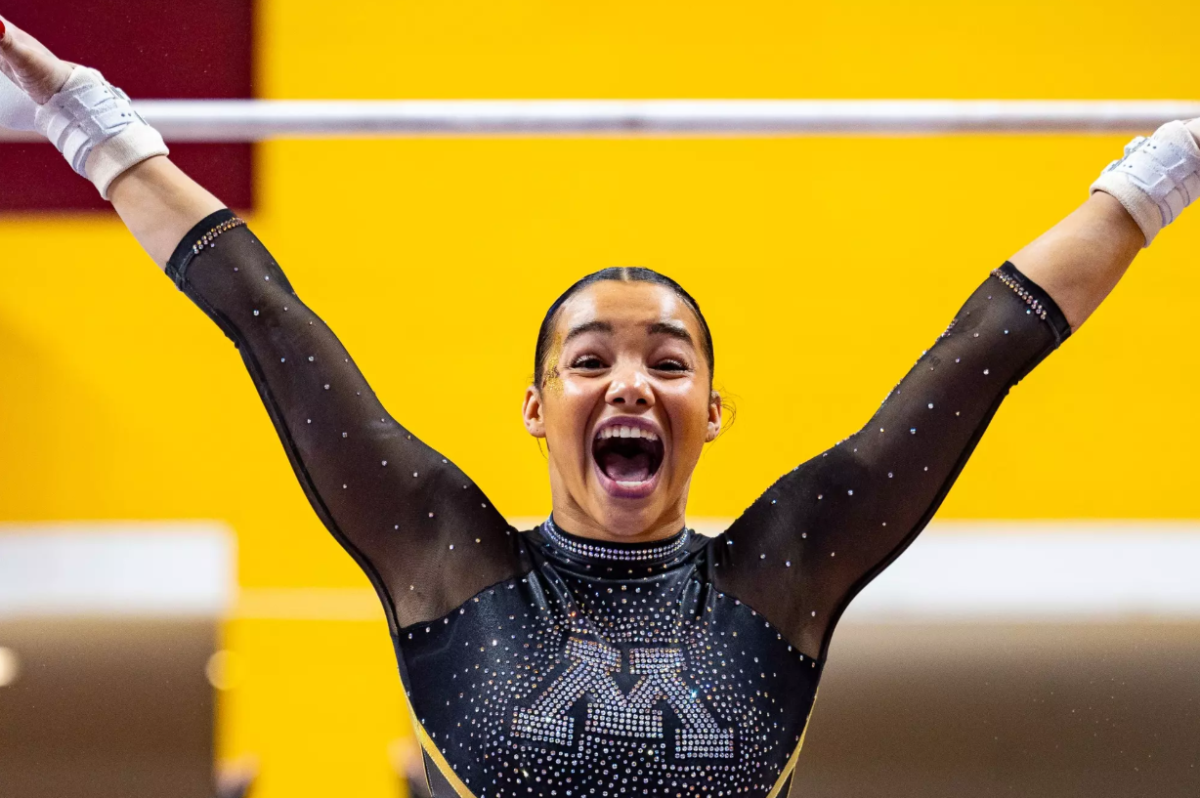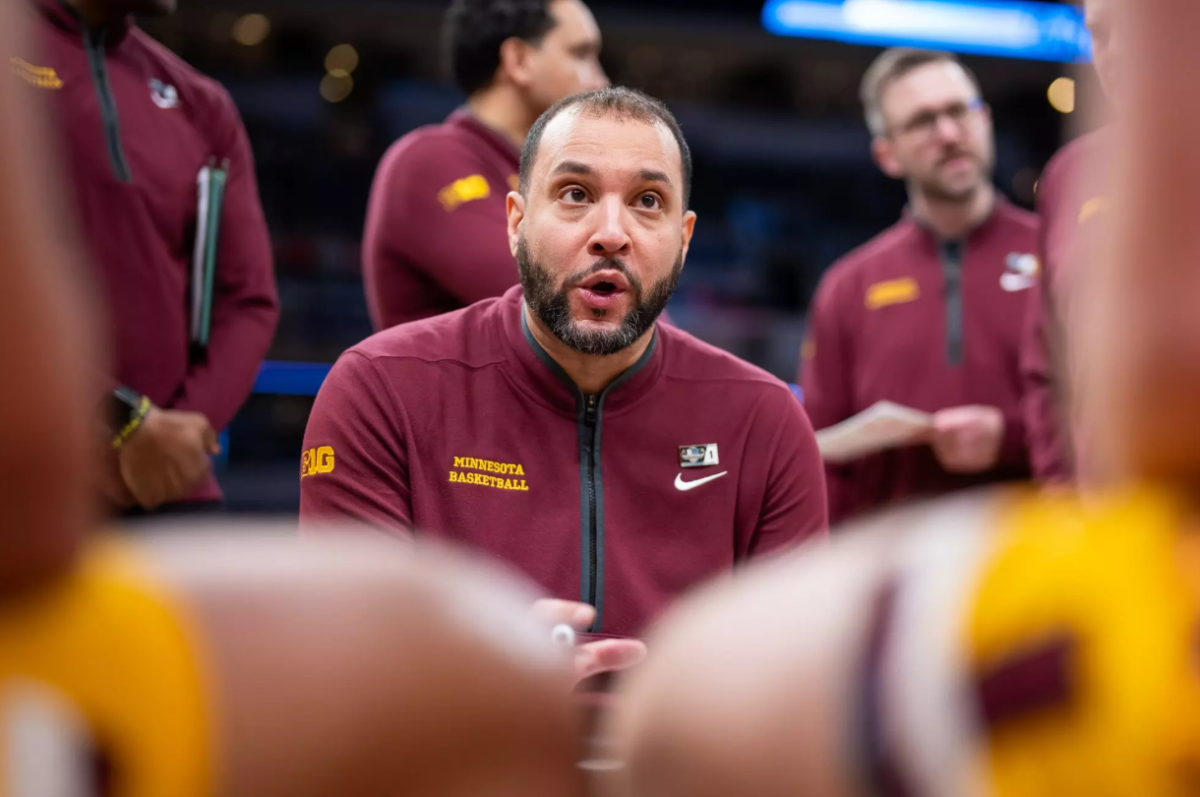Coming into the 2020 season, Minnesota knew it would have holes to fill on its defensive unit.
The Gophers lost eight defensive starters from their season opening lineup against South Dakota State in 2019, four of whom were selected in the most recent NFL draft. With that much experience lost, somewhat of a dip in success on this side of the ball was to be expected.
But who knew the drop would look like this?
Halfway through the condensed 2020 season, Minnesota is giving up an average of 447 yards per game, 140 more than last year. That mark is good for third worst defense in the Big Ten and ranked No. 93 in the country.
The Gophers’ pass defense has not been as bad statistically, partially because teams have not had to throw the ball to win against Minnesota. Teams are averaging 7.2 yards per rushing attempt against the Gophers.
The next worst team in the Big Ten in this category? Maryland at 4.9.
The defensive problems were immediately evident against Michigan in what was supposed to be college football’s game of the week. The Wolverines torched the Gophers on the ground and Michigan quarterback Joe Milton did not receive much pressure in his first start.
A week later, similar problems arose against Maryland, except the offense was able to execute throughout the game to make it a close, high-scoring affair.
Fans had reason for optimism after Minnesota’s first win of the season at Illinois, but this improved performance now appears to be more a product of the Fighting Illini being forced to start their fourth-string quarterback rather than actual improvements being made.
And now with its most recent debacle against Iowa last Friday, Minnesota is not showing signs of making significant defensive improvements until the 2021 season. Ten defensive freshmen and redshirt freshmen played at different points against the Hawkeyes, and the Gophers never could find an answer to stopping Iowa’s rushing attack.
Gophers head coach P.J. Fleck and defensive coordinator Joe Rossi have discussed throughout the season how important it is to develop young players by getting them more experience. But this has shown to be a double-edged sword. While young players are getting more experience in different game situations that could be beneficial in the future, it is difficult for players to make drastic improvements in the present.
“You might not see [success] yet,” Fleck said. “But it’ll hit. We’ll see the result of the fruit of the labor eventually, and you want to see it sooner. Everybody wants to see it sooner. But again, we’re a developmental program, and some of those challenges when you are that, that’s what you’re going to constantly fight through, and that’s okay.”
The last time the Gophers had this many issues defensively was 2018. With three games remaining in the regular season, Fleck fired Robb Smith from the defensive coordinator position and promoted Rossi. Minnesota immediately looked like a different unit and continued that level of play into 2019.
But the defensive problems from Fleck’s first two seasons have reemerged, and the schedule only looks to be more challenging with matchups against predominantly running teams in Purdue, Wisconsin, Northwestern and Nebraska looming.


